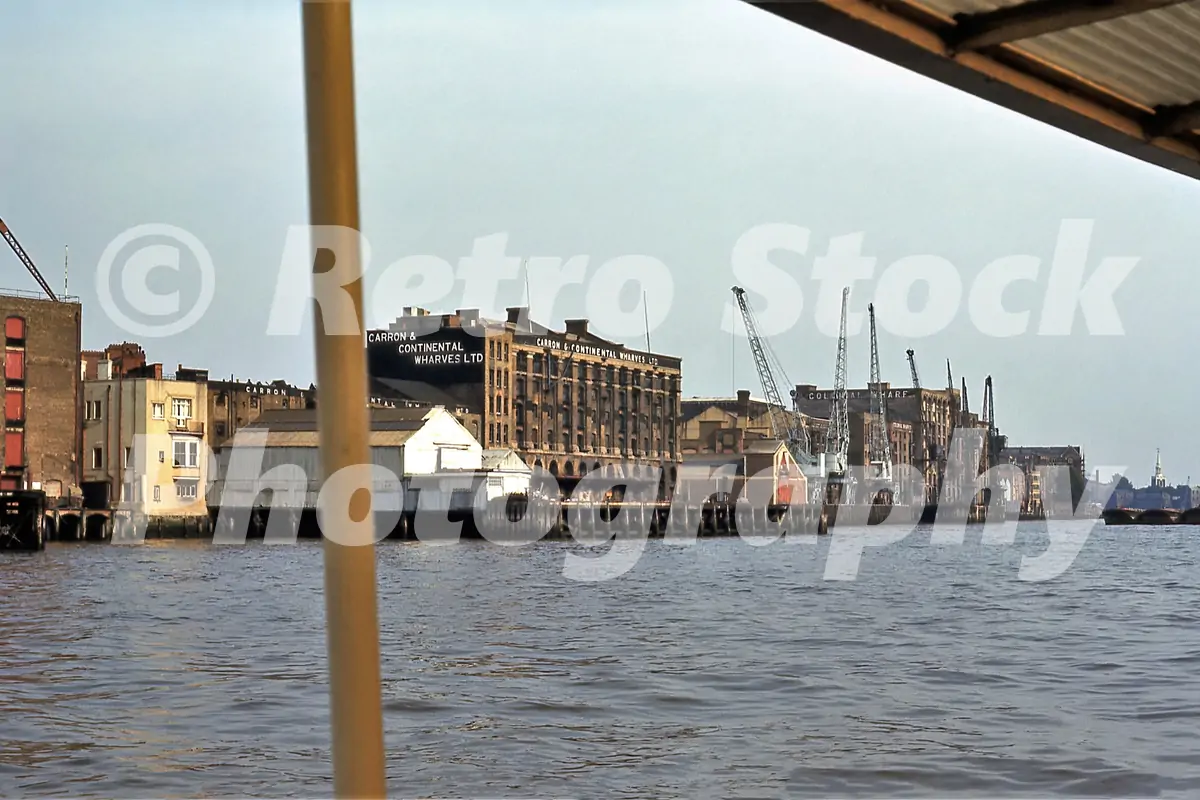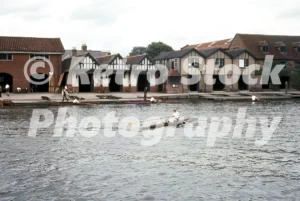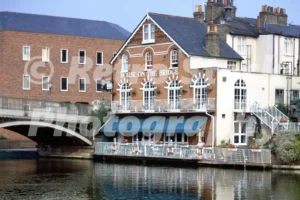Carron Wharf and Continental Wharf were once busy riverside sites located along the River Thames in Wapping, East London. Both played important roles in the commercial and industrial life of the capital during the heyday of the Port of London, particularly in the 19th and early 20th centuries.
📍 Location
-
Carron Wharf and Continental Wharf were situated on the north bank of the Thames, near Wapping High Street and Wapping Wall, between St Katharine Docks and Shadwell Basin.
-
This area formed part of the narrow strip of riverside infrastructure that supported the loading, unloading, and storage of goods coming in and out of the Port of London.
⚓ Carron Wharf
Carron Wharf took its name from the Carron Company, a major Scottish ironworks based in Falkirk. Founded in the 1750s, the Carron Company was known for manufacturing everything from stoves and pipes to the famous “Carronade” naval cannon.
-
The London site likely served as the company’s riverside depot or warehouse, used to store and distribute cast-iron goods brought down from Scotland.
-
It was ideally located for river transport, with easy barge access and proximity to Wapping’s dense network of merchants, metalworkers, and engineers.
-
The Carron Company had a strong presence in London’s building trade during the Georgian and Victorian periods, supplying fireplaces, railings, and ornamental ironwork.
⚓ Continental Wharf
Continental Wharf stood adjacent or close to Carron Wharf, and—as its name suggests—was used for the import and export of goods to and from continental Europe.
-
Like many wharves along this stretch of the Thames, it handled general cargo, including timber, foodstuffs, wine, spirits, and other dry goods.
-
It likely had bonded warehouse status, meaning that goods could be stored under customs control until duty was paid.
🏗 Architecture and Warehousing
Both wharves would have included:
-
Brick-built warehouses, typically 4–6 storeys high, with hoists, cranes, and loading doors facing both the river and the street.
-
Cobbled alleyways and riverside walkways, many of which still exist in redeveloped form today.
-
Access for lighters and barges at high tide via private steps or piers.
🏘 Decline and Redevelopment
Like much of London’s docklands, Carron and Continental Wharves fell into disuse in the mid-20th century due to containerisation, which shifted trade to deeper ports like Tilbury.
By the 1970s and ’80s, these former industrial sites were being converted into residential apartments, often marketed with their original names to retain a sense of heritage.
-
Carron Wharf and Continental Wharf are now luxury riverside developments, with many original architectural features (such as warehouse brickwork and iron columns) retained or restored.
-
They form part of the Wapping riverside conservation area, a stretch now known for its peaceful Thames views, cobbled streets, and high-end conversions.
🕰 In Summary
| Wharf | Origin/Use | Now |
|---|---|---|
| Carron Wharf | Depot for Scottish ironworks (Carron Co.) | Luxury apartments |
| Continental Wharf | General cargo for European trade | Residential development with historic charm |






Reviews
There are no reviews yet.